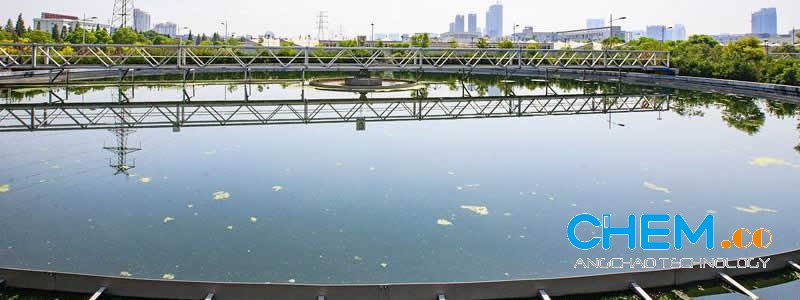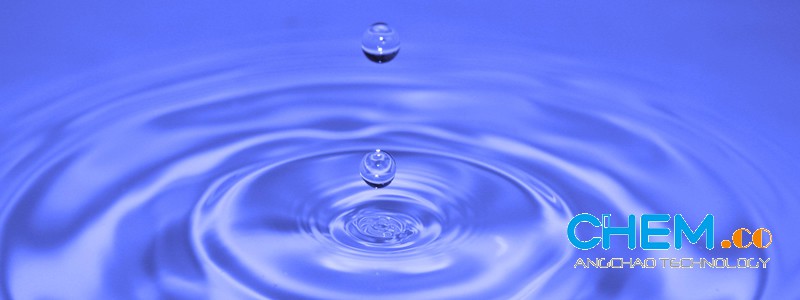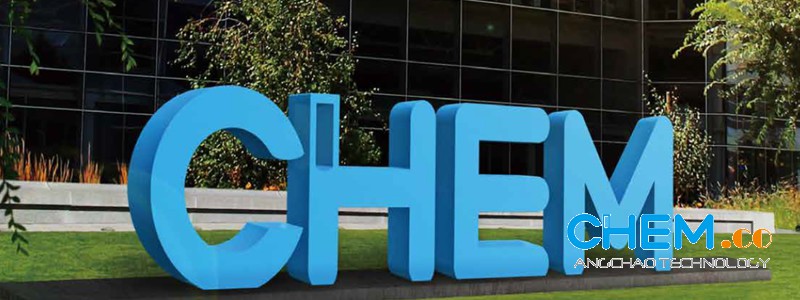
Water treatment Coagulant Aids and Polyelectrolytes
Water treatment industries are extensively applied Coagulant Aids and Polyelectrolytes.Coagulant Aids are used to improve the settling characteristics of floc produced by aluminium or iron coagulants. The coagulant aid most used for a number of years was activated silica; other aids included sodium alginates and some soluble starch products which are still in use. These substances had the advantage of being well-known materials already used in connection with the food industry and were thus recognized as harmless in the treatment of water. Polyelectrolytes came later into use and were more effective. They now comprise numerous synthetic products long chain organic chemicals, which may be cationic, anionic or non-ionic.The theory of their action has been reviewed by Packham (1967).
Polyacrylamides are the most effective of the synthetic group of polyelectrolytes, but for their safe use the toxic acrylamide monomer residue (the raw materials used in their manufacture) which is not adsorbed by the floc, should be virtually absent from the product. The UK Water Supply (Water Quality) Regulations (UK, 2010) state that no batch may contain more than 0.02% w/w of free acrylamide monomer based on the active polymer content; the dose used must average no more than 0.25 mg/l and never exceed 0.5 mg/l. US EPA allows a maximum dose of 1 mg/l on a regulated acrylamide limit of 0.05% w/w in the polyelectrolyte.
Polyelectrolyte doses used are very small in relation to the dose of the primary coagulant. Natural polyelectrolyte (starch based) doses vary between 0.5 and 2.5 mg/l whereas polyacrylamide doses vary between 0.05 and 0.25 mg/l. Polyelectrolytes are added as a coagulant for turbid waters or after the primary coagulant as a coagulant aid. Sometimes they are added just prior to filtration in very small doses (about 0.01 mg/l) to flocculate microfloc particles carried over from the clarifiers and filter-passing algae; care in control of the dose is necessary because excess polyelectrolyte could result in ‘mud ball’ formation and other problems in the filters. The cationic polyelectrolyte PolyDADMAC (polydiallyldimethylammonium chloride) is known to reduce the dose of inorganic coagulants when the two are used together. This has been observed in waters of high colour with both low and high alkalinity and conductivity. The reduction in the aluminium sulphate dose could be as much as 50% (Gebbie, 2005). The effect this reduction in the coagulant dose has on the TOC removal should be tested in the laboratory. PolyDADMAC could form N-nitrosodimethylamine (NDMA) .
Most polyelectrolytes are powders and a solution must be prepared for dosing. For successful preparation the powder must be wetted properly by using a high energy water spray before dissolving; the solution should be allowed to age for about an hour in cold water or 30 minutes in warm water conditions before use. For polyacrylamide the solution should be prepared at about 2.5 g/l, whereas for natural polyelectrolytes the solution concentration could be as high as 25 g/l. Following metering the solution should be diluted 10-fold to assist transfer in the pipe and dispersion at the point of application. Once a batch of stock solution is prepared it should be used preferably within about 24 hours.
The practical effect of introducing polyelectrolytes in many existing waterworks has been to increase the settling rate and hence allow substantially greater output through the clarifiers; an additional use is to assist in the recovery of used filter washwater and thickening and dewatering of sludges (Chapter 13). Laboratory tests should be carried out to identify the most appropriate polyelectrolyte for the application. Historically, when using organic polyelectrolytes, cationic types have been used as a coagulant aid and anionic types for sludge treatment, with non-ionics being tried as an alternative. Cationic polymers are more toxic to aquatic life than anionic or non-ionic polyelectrolytes, however, and their use is discouraged if there is a risk of discharge to a local watercourse from sludge treatment plant, especially for low alkalinity and low pH receiving waters. Besides being less toxic to aquatic life, anionic polyelectrolytes are also less prone to foul downstream membranes when residuals are present in water from pre-treatment processes or supernatant returned from sludge treatment processes.
For more information or Inquiry about PAM/ polyDADMAC/ Poly(DADMAC/AM), please contact us :TIAN@CHEM.NET
 Previous
Previous  Next
Next Get answers and advice from people you want it from.